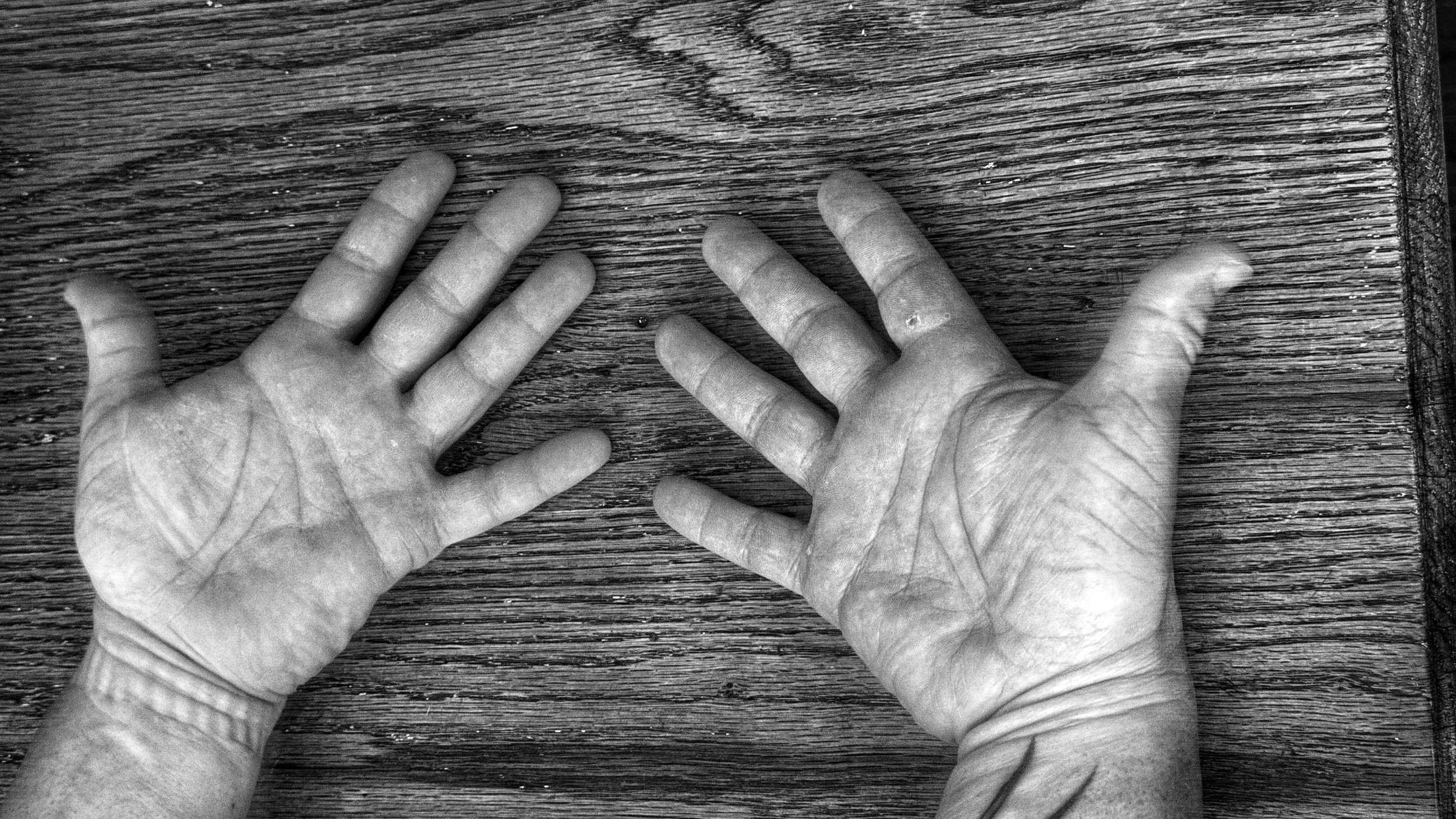These Hands: The Story They Tell
Look at these hands.
They can’t speak, but they hold a lifetime of stories.
Every scar, every callus, every burn is a memory, a badge of honor from a life in kitchens.
That speck on my finger? That’s the chef’s callus. That little knot of hardened skin is from thousands of hours gripping a sauté pan, flipping steaks, searing fish, feeding strangers, chasing perfection.
These hands have been broken, literally.
Every one of these fingers has been fractured at some point. There are stitches hidden in the folds of skin, like secret battle ribbons. That long scar down the side? I’ll never forget it.
It was a Saturday night. The shift had just started. I was bussing a table when a coffee mug disintegrated in my hand, slicing it open deep.
Three months of recovery. But it’s the story between the cut and the stitches, the blood, the adrenaline, the chaos, the laughter in the pain, that sticks with me most.
These hands are a paradox.
They can touch things that would make most people recoil in pain. In kitchens, we sadistically press fingers to hot pans, poke at blistering plates, half to test ourselves, half to mess with the new guy. It’s our dark little kitchen party trick:
“Look what I can do!”
(Yes, you just heard that in Little Stewart’s voice, didn’t you?)
But here’s the truth most people don’t see:
These hands carry more than just the physical load. They carry the emotional one, too.
They’ve held up my body when my mind was crumbling.
They’ve wiped tears no one saw.
They’ve fed people when I was starving emotionally.
They keep showing up, even when I wanted to disappear.
These hands are part of my story, but they’re also part of our story. The story of every chef, every line cook, every back-of-house warrior who has been through the fire, literally and figuratively, and kept feeding the world anyway.
So yeah, they’re scarred.
Yeah, they’re tired.
But they’re still here.

